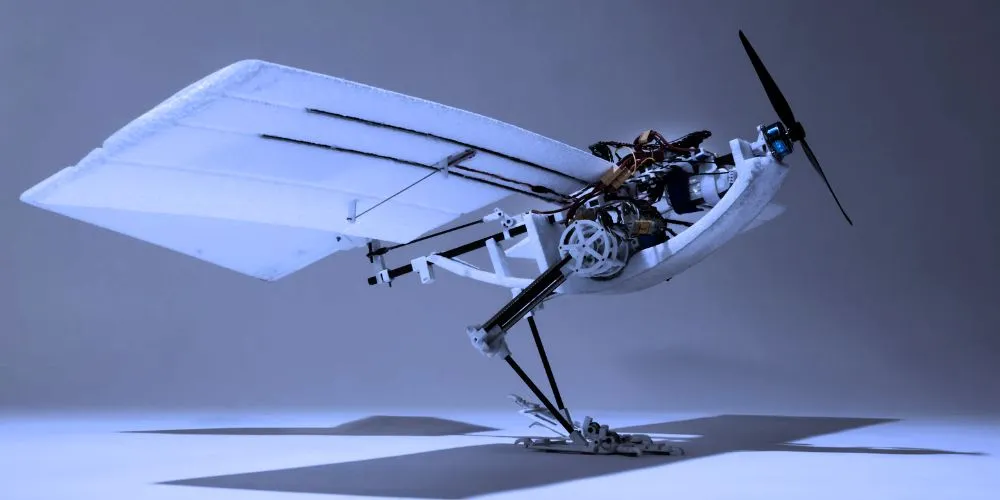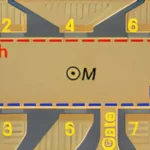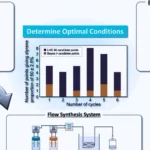Key Points
- RAVEN is a drone with birdlike legs that enable walking, hopping, and flight. Perching birds like crows and ravens inspired the design.
- Lightweight at 0.62 kg, it incorporates springs and motors mimicking avian muscles. RAVEN efficiently jumps to initiate flight, optimizing energy use.
- Applications include disaster relief, deliveries, and inspections in confined spaces.
- The EPFL team aims to improve landing capabilities in diverse environments.
Researchers at EPFL’s Laboratory of Intelligent Systems, led by Dario Floreano, have developed a groundbreaking drone called RAVEN (Robotic Avian-inspired Vehicle for multiple ENvironments). Equipped with birdlike legs, RAVEN can walk, hop, and leap into flight, offering unmatched versatility for unmanned aerial vehicles in diverse terrains.
The research, published in Nature, shows that the design draws inspiration from perching birds like crows and ravens, known for their seamless transitions between ground and air. Thus, the design eliminates the need for runways or external launchers. PhD candidate Won Dong Shin spearheaded the design process, modeling RAVEN’s legs after bird anatomy to maximize movement diversity while minimizing weight.
The team used mathematical models and computer simulations to achieve a lightweight drone weighing only 0.62 kilograms. The avian-inspired legs feature springs and motors replicating bird tendons and muscles, enabling powerful and efficient movements. RAVEN’s articulated feet, equipped with passive elastic joints, allow for walking, hopping, and jumping, overcoming challenges faced by previous drones limited to walking or jumping.
RAVEN’s unique capabilities include traversing uneven terrain, jumping onto elevated surfaces up to 26 centimeters high, and efficiently transitioning into flight. Tests demonstrated that jumping take-offs optimally used kinetic and potential energy, providing insights into energy efficiency for birds and drones. Collaborations with EPFL’s BioRobotics Lab and the Neuromechanics Lab at the University of California, Irvine, further refined the integration of bird biomechanics into robotic systems.
The implications for practical applications are significant. RAVEN’s ability to navigate rough terrains and take off from confined spaces without human assistance positions it as a valuable tool for disaster relief, delivery in restricted areas, and environmental inspection.
The design also illuminates the coordination between avian legs and wings, paving the way for advancements in multimodal flying robotics. The EPFL team plans to enhance RAVEN’s design for landing in varied environments, aiming to bridge the gap between natural avian mechanics and robotic innovation further.












